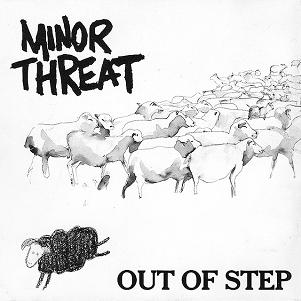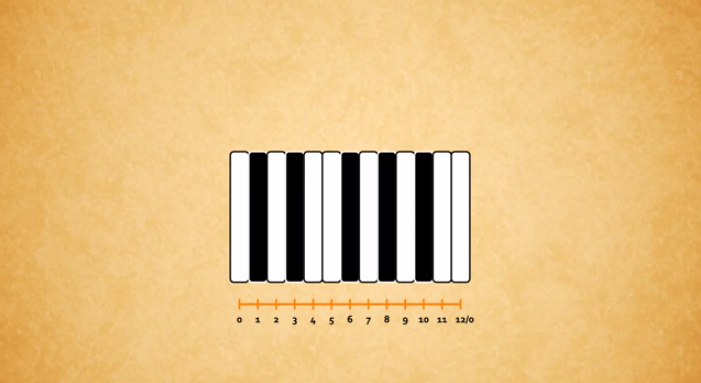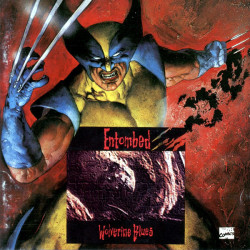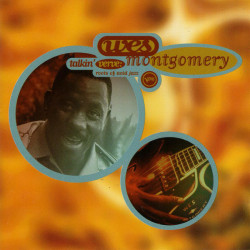 Hoo boy. Year of the Sheep, right? Some people only seem to notice when it’s a “cool” animal like a dragon or a snake. We have a name for these people: DILETTANTES. There’s nothing cool about sheep, except this Minor Threat cover, so get used to seeing that I guess. But wait, it’s the Year of the Ram, isn’t it? Rams are cool. What with the head-butting and…that’s it. It’s enough. Give rams a chance. Or goats, who cares.
Hoo boy. Year of the Sheep, right? Some people only seem to notice when it’s a “cool” animal like a dragon or a snake. We have a name for these people: DILETTANTES. There’s nothing cool about sheep, except this Minor Threat cover, so get used to seeing that I guess. But wait, it’s the Year of the Ram, isn’t it? Rams are cool. What with the head-butting and…that’s it. It’s enough. Give rams a chance. Or goats, who cares.
But I’m not here to review Minor Threat. Or talk about astrology. I’ve listened to enough Minor Threat for a lifetime (since I bought the Complete Discography on CD, in 2006) and it’s unlikely to make it back in rotation, unlike the Chinese Zodiac which repeats every twelve years…of course.
Forget all this happened.
Shit, that’s still the title isn’t it. Look, I’m gonna explain.
I’ve made a system of numerical notation. I call it Numerical Notation. The notes of the chromatic scale are given the number 0-11, starting with A.
In this system, if you care about the Modes (which you should, if you care about why there is a lettered system) the Aeolian mode, or A Minor, is the base scale, not C Major(the Ionian). It’s debatable that A Minor was historically, originally the more important. I think it sounds better. That’s not important. The important thing is to make this a non-vague point. Because I have noticed some other examples using notes for numbers starting with C as 0. I even said in earlier posts that you might as well do this if it makes more sense, but it doesn’t, in the big picture, and I’m gonna make the case that this is not some kind of arbitrary nerd bullshit dicking-around.
Here we are then with example one:
The sharp/flat system has been primarily designed for use in the major/minor system; when speaking modally, it’s a lotta look, to quote a famous fashion designer. All the flats and sharps tend to obscure the simplicity […] We need a different system of talking about melody. If C is assigned the number 0, C# the number 1, all the way up to B = 11, we can study the system numerically, and also universally, as any tonic can be assumed. Zero can just as easily be G#, or E. Also, since the tonic can never change by our definition, it’s not necessary to include it. Here’s an example to show what I’m talking about.
C Mixolydian is C D E F G A Bb C. If we assume that C = 0, and continue from there, then C Mixolydian can also be described as 0 2 4 5 7 9 10 12.
This post is excellent and you should read the whole thing. I should read the whole thing. The point is that here is someone making essentially the same point as me, naming the notes 0-11 (12=0), but starting with C. (Note that is doesn’t predate my initial posts.) Not saying he stole it, but I also said it was an “open source” idea, which is a pretty dumb way to talk because it is not a computer program. But I guess that can be interpreted as “feel free to steal this idea”. I was drinking a lot at the time. It’s not like you can patent this kind of thing anyway.
But let’s run with the open source concept and say he explained the idea better. I’m gonna bring it back around and explain why it’s easier for everyone if A=0.
But first(second), example two:
This is from a video that goes on to explain a new type of keyboard layout for an experimental instrument called a Terpestra. Now this is the kind of thing you can patent and even sell. Good luck to him. Again, not saying he stole the idea. Even if he did, can you really expect drop-in citations in a video like this? It’s not relevant who came up with each idea in this kind of presentation. It’s also kind of an obvious idea once it’s out there. Not as obvious as starting with 1 tho.
But it’s about to get even more obvious. Check this out:
A a# B C c# D d# E F f# G g#
0 1 2 3 4 5 6 7 8 9 10 11
C c# D d# E F f# G g# A a# B
Which one of these makes more sense? You might still pick C if you are already trained in music, but how would you explain that to a student? The letters and numbers should be going in the same direction. It’s intuitive.
If you never start, you can never branch out into other things, like the higher concepts these other guys are talking about and the simplest way is the best way to start.
So while you are thinking about all this, here’s a video of GWAR covering the Pet Shop Boys:
%







#1 by Zarvoc on 2015.01.25 - 00:24
Hi, I’m the author of your first example. Thanks for reading it! Not enough people out there understand the usefulness of the modes and the numerical notation system for describing them efficiently.
That said, it’s neither your nor my idea. Using numbers instead of note names originates from at least the 1980s. The idea is called “pitch class” (I didn’t know this at the time I wrote the article), and the technique for using whole numbers for the chromatic scale is called “integer notation”. The Wikipedia article for pitch class is a good summary, and historically musicians *do* use C = 0 for what are probably historical reasons (namely that C major uses all the white keys and, being major, is the most basic Western scale both technically and culturally; it’s also the first scale typically learned by children, as it’s the key the vast majority of nursery rhymes are written in, due to its unique harmonic/melodic properties).
In my opinion, this is quite limiting. I prefer X = 0, where X is the relevant tonic(s) in the song you’re writing. It makes songwriting much easier and choosing interesting modes — and sticking to them — helps to create interesting melodic and harmonic palettes. In my research I have found that there are exactly 18 modes that make stable enough melodic palettes to be awesome.
Lastly, my sources don’t favor Aeolian over Ionian. In fact, those names, as they are used by you and me, don’t really bear any resemblance to the modes as used/described by the Greeks. Those names come from the Dodecachordon written in 1547 by Heinrich Glarean, and Glarean himself noted that Ionian was far more favored in his time as well. I have PDFs of the most relevant parts of the Dodecachordon and also an old text by Aristoxenus on the Greek modes, if you’re interested let me know. Dense as shit reading though, be warned.
#2 by Jim on 2015.01.25 - 12:21
Thank you for a serious response, I am trying to exhaust my own silliness. This project was inspired by an discussion about the relevance of sharps and flats in electronic music. I found your post searching for other people using numbers because I was pretty sure it wasn’t an original idea, but I’m trying to develop it into something more. The thing with the modes is pretty complicated, I believe I was taught about them incorrectly at some point. I need to do more research about that or leave it out.
#3 by Zarvoc on 2015.01.25 - 15:10
Word. The history of modes is super complicated and Wikipedia doesn’t help things, as a lot of their Modes article is written by people who don’t appreciate that “Greek modes” and “modern modes” are different things, but use the same names!
Srsly though: if you want to develop the numbers idea for writing electronic music, and are already passingly familiar with the modern modes (Lydian, etc), I gotta recommend the 4 usable modes of melodic minor as an easy next step. They are straightforward to use and provide some interesting melodic ideas. The name “melodic minor” comes from the old idea of using the minor 3rd with the major 7th (i.e., the “3” with the “11”). Anyway, here they are, with my own names for them:
Melodic: 0 2 3 5 7 9 11 12
Romantic: 0 2 4 5 7 8 10 12
Gothic: 0 1 3 5 7 9 10 12
Geometric: 0 2 4 6 7 9 10 12
Romantic in particular is quite pretty; the closeness of the two half steps in the middle of the scale (4 to 5 and 7 to 8) provides some interesting color. I hope your musical studies bear fruit!
#4 by Jim on 2015.01.26 - 21:25
That is really interesting, it was more my friend doing electronic music that didn’t have formal training, so when talking about notes decided to always use sharps. They were also trying to figure out keys of songs like this. My argument is that you aren’t always getting the accurate key the composer intended that way and if that’s not important you might as well ditch the whole idea of traditional keys. But it went sideways pretty quick. Thanks again.